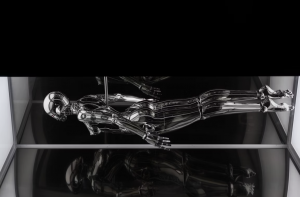Climate change is so often regarded as a challenge of innovation – of transforming our current system through new and more sustainable business practices, technologies and energy generation. But the last decades have shown that is not where the real problem lies; by now we know what to change, and even often how to do it. The most significant obstacle is human willingness. American environmental lawyer Gus Speth perfectly describes this same problem in this quote below:
“I used to think the top environmental problems were biodiversity loss, ecosystem collapse and climate change. I thought that with 30 years of good science, we could address those problems.
But I was wrong. The top environmental problems are selfishness, greed and apathy… and to deal with those we need a spiritual and cultural transformation and we, (Lawyers) and scientists, don´t know how to do that.”
Effective environmental intervention hinges on human willingness to change. On the one hand, an individual preparedness to replace old habits with new and greener ones, but on the other hand a political will to rethink (structural) incentives in our economic system (which can not be seen separate from public opinion).
Currently, much of the communication surrounding sustainability is either dominated by scientists or PR/marketing firms, leading to either sterile and complex or slick and curated messaging. Both tire people out. A bit of an unconventional (but promising) addition to the climate narrative might be the use of (dark) humour. Something that is more thoroughly discussed in a recent NYT article called ‘Climate Change Is No Laughing Matter. Or Is It?’ or the book ‘I Want a Better Catastrophe’ by Andrew Boyd. Be sure to check it out.

Author
Douwe Knijff
Share the signal.











